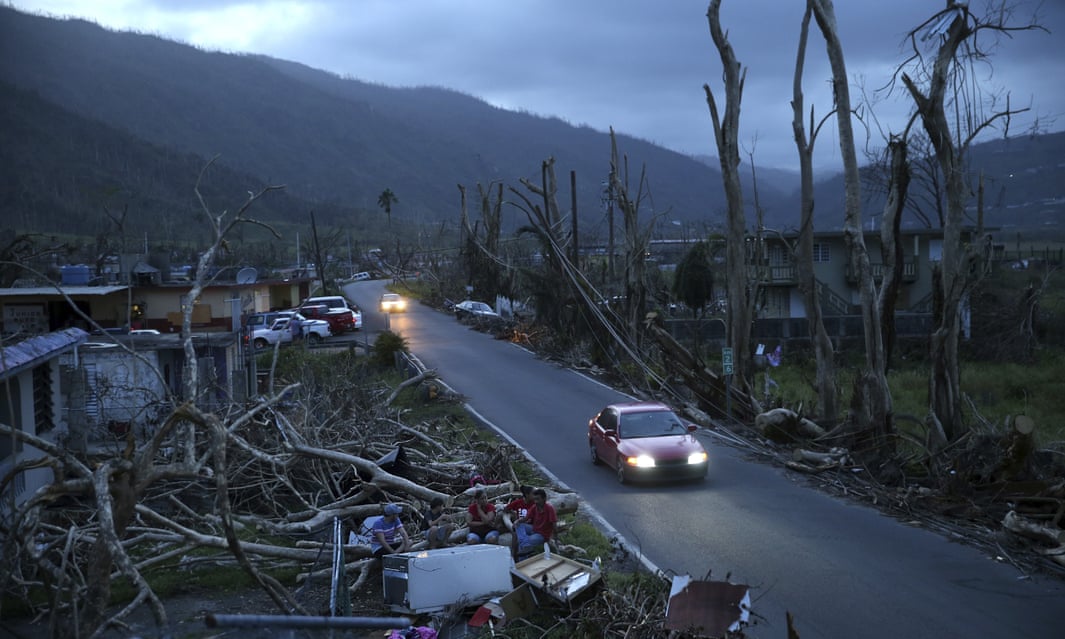By: Karina Johnson
Impunity Watch Reporter, North America
CHARLOTTESVILLE, Virginia — On Saturday night, October 7, a small group of white nationalists led by Richard Spencer held a brief rally at Emancipation Park, near the University of Virginia campus, coincidentally during the university’s bicentennial celebration.

Emancipation Park, formerly known as “Lee Park,” is the home of the Robert E. Lee statue that became a focal point during the “Unite the Right” rally in August, where white-nationalist protesters violently decried its removal. One counter-protester was killed by a Nazi sympathizer while dozens of others were injured in various white nationalist attacks.
According to the Charlottesville Police Department, the tiki-torch toting group arrived at Emancipation Park around 7:40 p.m. One speaker announced, “Hello, Charlottesville […] We’re back and we’re going to keep coming back.”
The Washington Post reported that the crowd chanted “You will not erase us,” along with “The South will rise again. Russia is our friend. The South will rise again. Woo-hoo! Wooo.”
The rally lasted around 10 minutes, after which the group boarded a chartered bus and left the city. Police cars followed the bus to ensure the group’s departure.
Charlottesville mayor Mike Signer took to Twitter to condemn the rally and expressed: “Another despicable visit by neo-Nazi cowards. You’re not welcome here! Go home! Meantime we’re looking at all our legal options. Stay tuned.”
After the rally, people gathered outside of the house of the president of the University of Virginia to protest the white nationalists and call for the revocation of Richard Spencer’s diploma from UVA.
Spencer is an alumnus of the University of Virginia and heads the National Policy Institute—a white supremacist think-tank in Virginia. He allegedly called for “peaceful ethnic cleansing” during a conference for American Renaissance in 2013.
This event marks the third rally held by Spencer in Charlottesville this year, and the first rally held since Congress and President Trump signed a resolution on September 12 condemning the white supremacy and violence in response to the ‘Unite the Right’ rally.
For more information, please see:
Al Jazeera – White nationalists march again in Charlottesville – 8 October 2017
BBC – White nationalists return to Charlottesville – 8 October 2017
CNN – Charlottesville mayor slams ‘despicable visit’ as another torch rally held – 8 October 2017
CNN Politics – Trump signs resolution condemning white supremacy – 14 September 2017
:format(webp)/cdn.vox-cdn.com/uploads/chorus_image/image/56960345/856501980.0.jpg)


